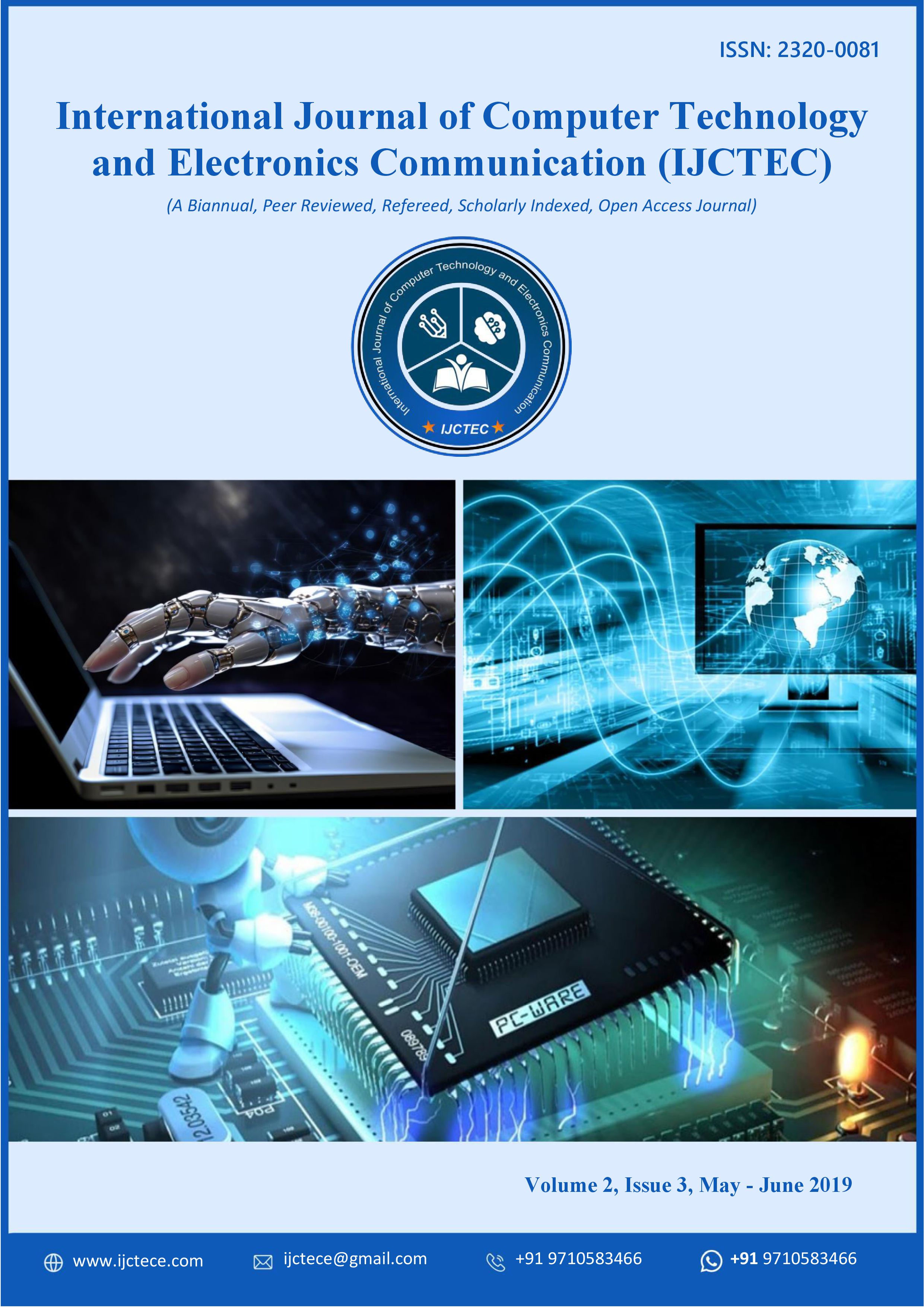Reinforcement Learning and Generative AI: Training Machines to Be Creators
DOI:
https://doi.org/10.15680/IJCTECE.2019.0203001Keywords:
Reinforcement Learning (RL), Generative AI, Generative Models, Creativity, Policy Gradient Methods, Q-learning, Actor-Critic Architecture, Deep Learning, Machine Creativity, Novelty Generation, Art Generation, Music Composition, Adaptive SystemsAbstract
Generative AI has rapidly advanced in recent years, producing impressive outcomes across various domains such as art, music, writing, and design. While much of this progress is attributed to deep learning techniques like GANs (Generative Adversarial Networks) and VAEs (Variational Autoencoders), reinforcement learning (RL) has emerged as a promising approach for enhancing the creative potential of generative models. By framing content generation as a sequential decision-making process, RL enables AI models to improve through interaction with their environment, receiving feedback in the form of rewards or penalties. This ability to learn through trial and error closely mirrors human creativity, where experimentation and feedback drive improvement. In this paper, we explore the intersection of reinforcement learning (RL) and generative AI, examining how RL techniques can be applied to enhance the creative capabilities of AI models. Unlike supervised learning, which requires large labeled datasets, reinforcement learning allows AI to learn in environments where direct supervision is minimal or absent. This opens up possibilities for AI to autonomously generate novel content in an iterative, adaptive manner. By using reward signals to guide the learning process, generative AI models can explore a wider range of possibilities, fostering creativity and novelty. We delve into various techniques within reinforcement learning, such as policy gradient methods, Q-learning, and actor-critic architectures, to understand how these methods contribute to the creativity of generative models. Case studies and applications from diverse fields, such as image generation, music composition, and game design, demonstrate the practical utility of combining RL and generative AI. Ultimately, this paper argues that reinforcement learning holds immense potential for training machines not just to replicate human creativity, but to push the boundaries of it.
References
1. Mnih, V., et al. (2015). "Human-level control through deep reinforcement learning." In Nature.
2. Parisotto, E., & Salakhutdinov, R. (2017). "Neural Map: Structured Memory for Deep Reinforcement Learning." In Proceedings of the International Conference on Learning Representations (ICLR).
3. Mohit, Mittal (2017). The Role of Edge Computing in IOT: Enhancing Real Time Data Processing Capabilities. International Journal of Advanced Research in Electrical, Electronics and Instrumentation Engineering 6 (12):8811-8819.
4. Goodfellow, I., et al. (2014). "Generative Adversarial Nets." In Advances in Neural Information Processing Systems (NeurIPS).
5. Kingma, D. P., & Welling, M. (2013). "Auto-Encoding Variational Bayes." In Proceedings of the International Conference on Learning Representations (ICLR).
6. G. Vimal Raja, K. K. Sharma (2015). Applying Clustering technique on Climatic Data. Envirogeochimica Acta 2 (1):21-27.
7. Ha, D., & Schmidhuber, J. (2018). "World Models." In Proceedings of the Neural Information Processing Systems (NeurIPS).
8. Silver, D., et al. (2016). "Mastering the game of Go with deep neural networks and tree search." In Nature.
9. Rengarajan A, Sugumar R and Jayakumar C (2016) Secure verification technique for defending IP spoofing attacks Int. Arab J. Inf. Technol., 13 302-309
10. Li, Y., et al. (2018). "Learning to Create with Deep Reinforcement Learning." In Proceedings of the IEEE Conference on Computer Vision and Pattern Recognition (CVPR).
11. Brock, A., et al. (2018). "Large Scale GAN Training for High Fidelity Natural Image Synthesis." In Proceedings of the International Conference on Machine Learning (ICML).
12. Salimans, T., et al. (2016). "Improved Techniques for Training GANs." In Proceedings of NeurIPS.


